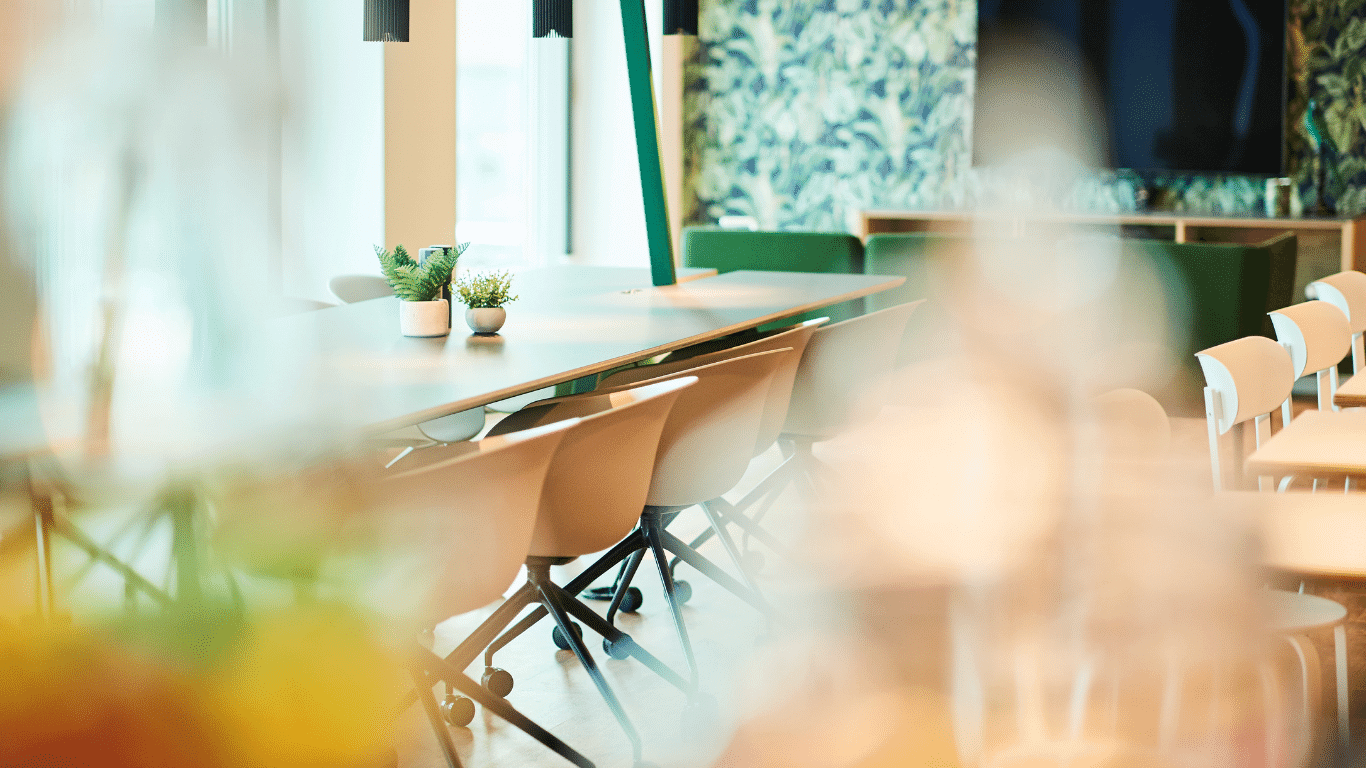Among the office trends of 2022, hybrid working has emerged as an important factor. Many businesses have embraced working from home but some employers are encouraging their staff to come into the office at least once or twice a week.
Full-time home-working is not beneficial in terms of commitment and team spirit. Stimulating flexible working is, therefore, ideal as employees can then determine the best location for the task they must carry out. But how do you go about it? Your office layout/design plays a major role!
Flexible working… with focus
Landscape offices have been trendy for years. Nevertheless, they don’t always make employees happy. Collaboration may improve in these ‘open offices’ but they often fail to deliver a location which provides peace and quiet. Flexible working means being able to choose the right place in the office: from breakout areas to brainstorming zones, and from meeting rooms to telephone bubbles. The ideal office provides all of these options.
Less traffic please
Many employees cite bad acoustics as a source of irritation. It’s highly likely that your employees will be more tempted to come into the office if there are fewer colleagues walking around between the desks. In concrete terms, this means that you can’t set up workstations where there is a great deal of traffic, such as near…
- the kitchen: nobody wants to hear the fridge being opened and closed a hundred times a day.
- the toilets: the noise of the hand-dryers, the toilets flushing and so on, is not conducive to focus and concentration.
- the lift or stairway: noisy footsteps, chatter and doors opening and closing; it’s not going to increase your enthusiasm for work.
Flexi-places and fixed places
Although we all like to think we are flexible and free-spirited, in reality we are all a bit territorial. We often tend to sit at the same tables. Some employees may even get irritated when ‘their’ place is taken by a colleague. That is why it may be useful to implement a system where some of the workstations are available for reservation and the rest can be used on a ‘first come, first served’ basis. When a workstation is reserved or in use, you can clearly indicate this using a sign or similar.
Flexible working, flexible seating
Finally, you will keep your employees happy in the office by offering them various types of seating. Some tasks are best carried out in a traditional (ergonomic) office chair while other tasks require a more comfortable, relaxed chair or even a garden bench. Whatever seating you are after, you are sure to find what you need in Alternativ’s wide range.




